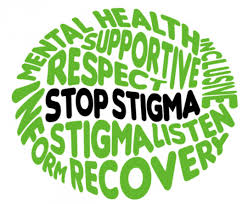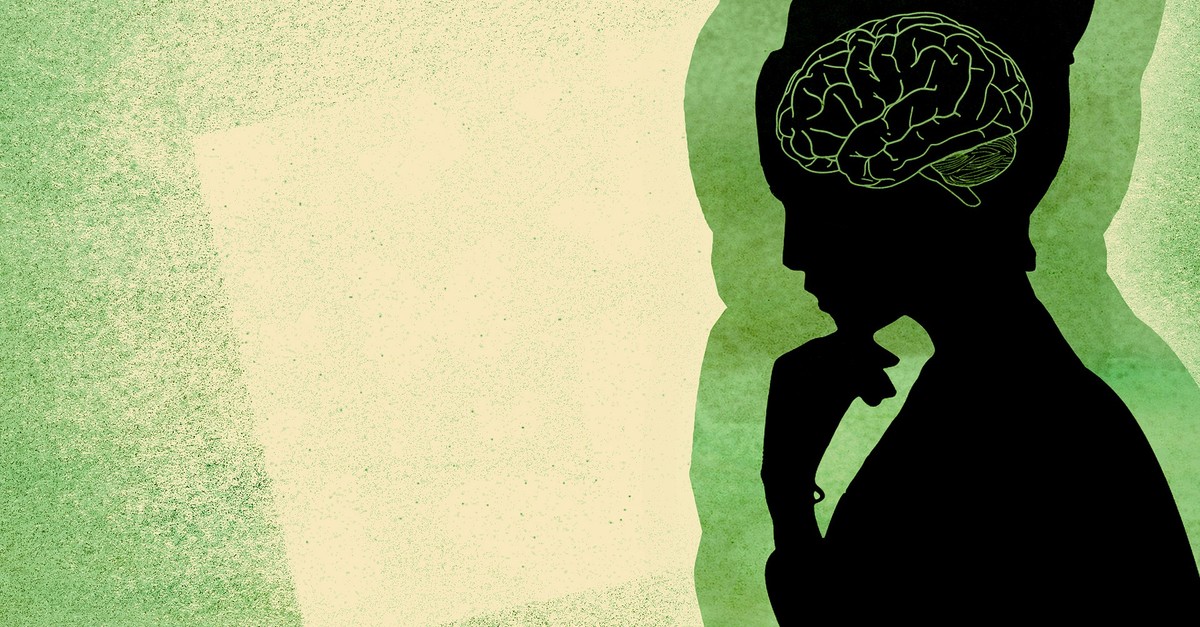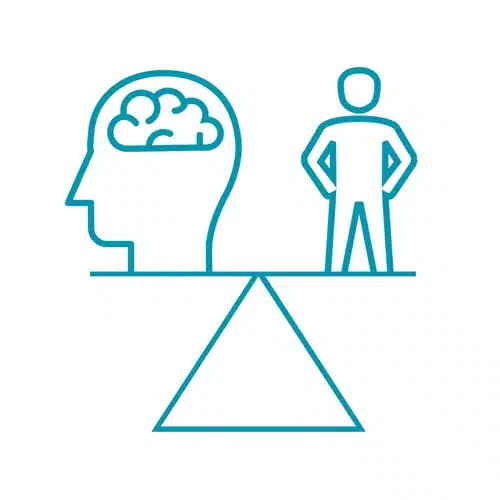“You don’t have to be positive all the time. It’s perfectly okay to feel sad, angry, annoyed, frustrated, scared, and anxious. Having feelings doesn’t make you a negative person. It makes you a human”
~ Lori Deschene

Good mental health isn’t a smiling or a happy face, it is something related to the expressions one makes with their inner self.
The inner self is our personal place where we actually hold all our emotions, thoughts, and feelings that we might not display externally.
We, humans, have two selves one is Personal and the other is social, as we are social animals from the day of our birth we have been socializing or learning to socialize in a certain manner.
But no one taught us how to deal with ourselves when emotions are popping out and thoughts are disturbing the mind, we all of a sudden are clueless. Sometimes we don’t even recognize the state of stress, anxiety, depression, or any other mental health disease.

This happens mostly because of the ignorance of the family and educational institutions do not educate about the sensitivity around an individual’s mental health and personal space.
Even thinking about people who love to stay alone and don’t socialize very much is termed abnormal by society in most cases.
Mental health has always been the most hidden topic in our country. If someone is suffering and visits a therapist the person is highly judged as a ‘maniac’.
The most disappointing thing is that we have a doctor for our physical treatments to whom we rush even with a minor problem but to visit a therapist is a shame according to society even if we have the major symptoms.
A number of myths surrounding mental health as an issue. These myths are enabling people to understand the importance and the relevance that mental health carries and one of the myths around mental health is.
First, Therapists are not real and they manipulate a person in a bad direction.

Fact: Therapists are just like doctors. a therapist helps an individual to cope with the emotions that he or she is feeling in the day-to-day scenario. The therapist instead gives the right path for a person, it is on the person to walk on it or not.
Second, mental health isn’t real.
Fact: a human being is a combination of mental and physical selves. just because the mental symptoms aren’t visible externally doesn’t mean mental health issues are not real.
Third, mental health issues cannot work.
Fact: issues with mental health don’t affect the work life of an individual. A break might work for the person but the person is capable of working with a mental health issue.
Fourth, people with mental health issues are unpredictable.
Fact: mental health issues do not incorporate a person’s unpredictability of predictability and overall actions.
Fifth, poor mental health conditions are resolved by low intelligence levels.

Fact: there is a difference between a person’s IQ and EQ whereas, IQ tells us about a person’s intelligence level and EQ tells us about a person’s emotional level both aren’t related.
Following mental health issues like these, it tells how many stigmas are related to mental health issues which are genuinely important as compared to physical health.
Both physical and mental health should be balanced in a person’s life. If there is a mental health agency one must go to a therapist for treatment with no shame as it is also a part of us.
There also is a difference between a therapist, counselor, and a psychiatrist which people don’t understand very often, psychiatrist is someone who prescribes a medicine related to a mental health issue, on the other hand, a therapist is someone who talks to the person, and guides them to cope up with their emotions in the correct way.
Normalizing mental health is still being practiced by a lot of non-profit organizations and even hospitals that are related to mental health but the change needs to be brought within the people of our society only.
Read More: Mental health and generation differences: what, why, and how












